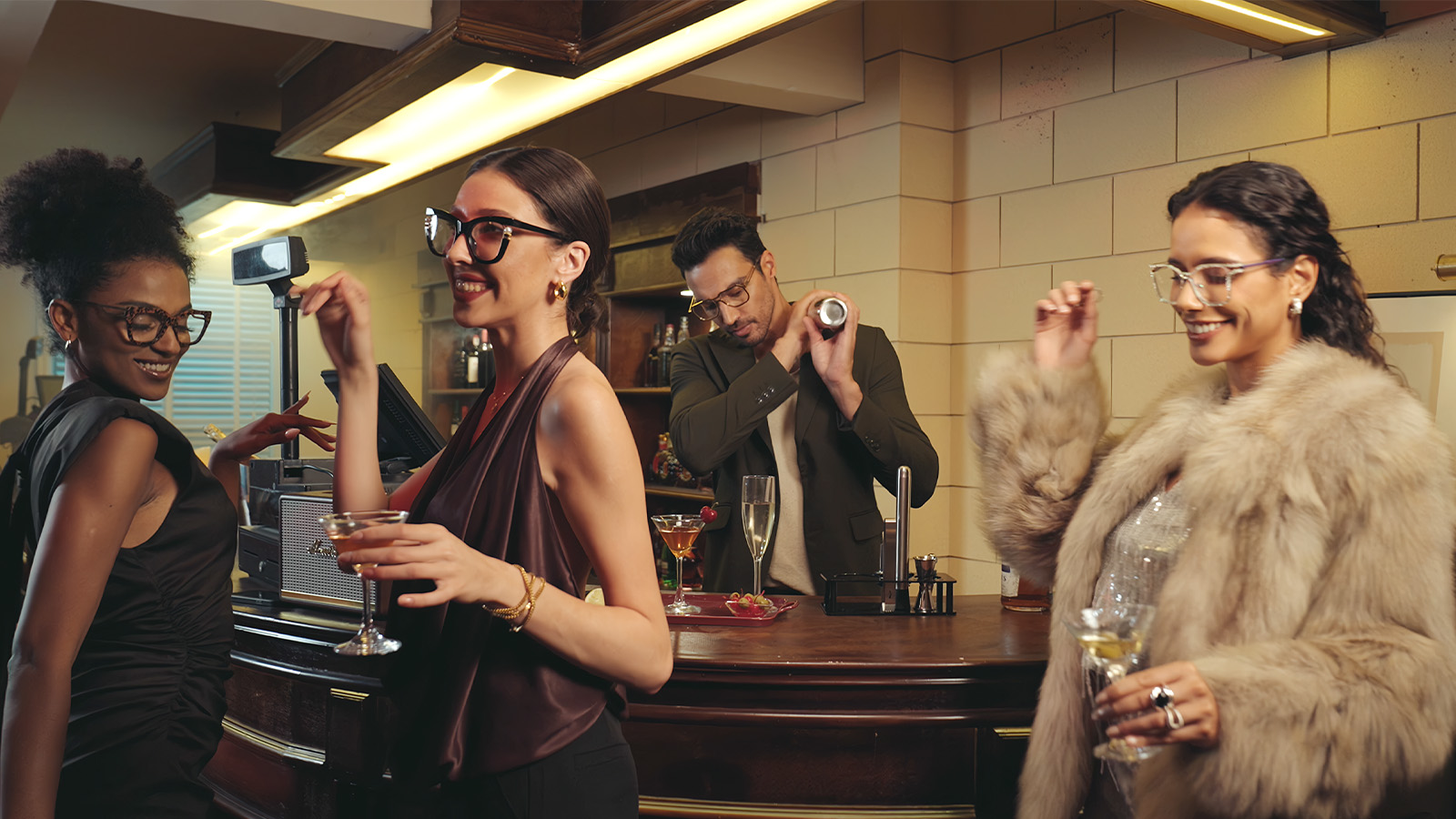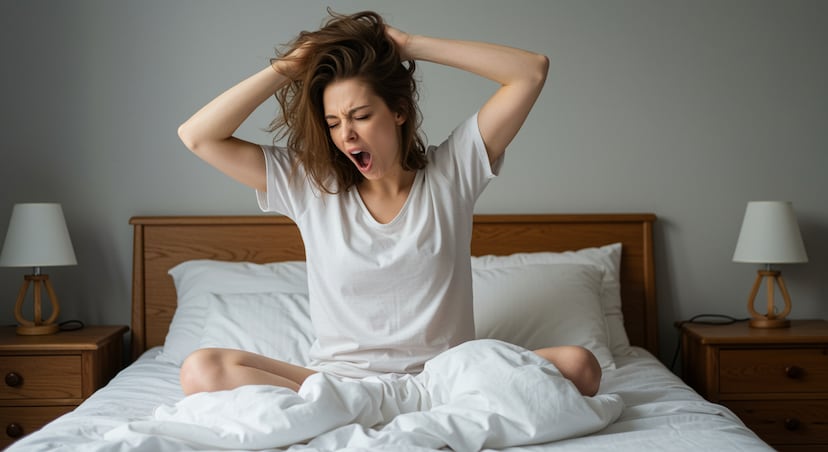Introductions: Blue-Light and Current Screen Lifestyles
In our screen-dominated era, digital devices are essential to work, entertainment, education, and socializing. Based on fresh studies, the global average screen time has been increasing gradually, and many people spend more than 7 to 9 hours staring at the screens on a daily basis. This increase in screen exposure presents challenges of its own, particularly eye fatigue, blurred vision, and disruptions in sleep.
One major culprit: blue-light, a type of high-energy visible (HEV) light emitted by phones, computers, TVs, and even LED lighting. Blue-light is on the spectrum between 400 and 490 nanometers (nm), and the most concerning wavelengths are between 400 and 450nm. These short wavelengths are high in energy and can result in chronic retinal stress.

This has given rise to a boom in blue-light reduction strategies, including built-in screen warmer features like “Night Shift” on Apple devices or “Night Light” on Windows and Android. These programs shift the color of screens toward warmer tones in order to reduce blue-light emissions.
But the larger question is this: Are screen warmers effective in reducing blue-light enough to benefit your eyes? Let’s break it down.
Screen Warmers: How They Work to Brighten Your Night
Screen warmers work by shaping the color temperature of your display. Screens are typically configured to a cool white color temperature (closer to 6500K) that simulates daylight. However, cooler tones emit a greater amount of blue-light.

Screen warmers have been shown to shift this color temperature towards the warmer end of the scale, commonly between 3000K and 5000K, which in turn results in a lower blue-light spike that normally peaks within the short-wavelength range.
Real-World Examples
- Apple Night Shift: Makes the color temperature of the display warmer or cooler depending on the time of day.
- Windows Night Light: Custom scheduling and intensity control
- Android Bedtime Mode: Set your screen to warm during the evening hours.
But they also limit blue-light output, which helps prepare the body for sleep by mimicking the natural color of the setting sun, allowing for the regulation of melatonin production.

Limitations of Screen Warmers
Screen warmers help, but there are drawbacks to them:
- One, they do not filter out blue-light completely. The screen continues to emit HEV light, but at a reduced intensity.
- Color Inaccuracy: Since warm hues distort screen colors, displays are ill-suited for color-sensitive tasks such as graphic design or photo editing.
- Device Inconsistency: Not every device warms the screen the same way. A few have a flimsy filter that hardly blocks any light emissions at all.
- That makes screen warmers a partial remedy rather than a complete solution to the problems.
- Even when screen warmers help, they aren’t enough.
- Multiple peer-reviewed studies have shown that screen warmers are effective. Studies have shown that lowering screen color temperature can greatly reduce blue-light emissions.
Key Findings:
- Between 6500K (typical) and 3000K results in a reduction in blue-light radiation of between 35%.
- Particularly helpful in reducing short-wavelength blue-light (400–450nm), which causes the most strain.
Comparison Chart

Why It’s Not Enough?
But, as encouraging as the above data is, it’s worth highlighting that even with warmer screen settings:
Residual blue light remains.
Extended use leads to fatigue, particularly where ocular schedules do not apply.
It is not suitable for daytime environments for the fact that warm tones can actually impede productivity when used with color distortion.
So while warmers minimize some harm, they can’t completely protect your eyes, especially with prolonged exposure.
The Best Solutions: Tech + ZEELOOL Glasses
To create a holistic defense against blue light exposure, it is best to combine screen technology with protective external tools like specialized eyeglasses and certified hardware.
Hardware Solution: Low Blue-Light Displays Certified by TÜV
Manufacturers including Dell, BenQ, and Lenovo now make TÜV Rhineland-certified screens, which dim blue light at the hardware level by using:
- Advanced controls for the LED backlight
- Anti-reflective coatings
- Updated color filters that would decrease HEV light
These displays are particularly well equipped for professional use and long hours at the workstation because there is no tradeoff of blue-light protection and color fidelity.

ZEELOOL Blue-Light Glasses: Anti-Reflection Technology
If hardware upgrades are too pricey or you’re in the market to protect multiple devices, ZEELOOL’s Blue-Light Blocking Glasses are the perfect answer.
Why Choose ZEELOOL?
Acrobat 98% harmful blue light (400-450nm) filtering rate Built-in anti-reflective/scratch-resistant coatings For long-time wearing: lightweight, durable, and stylish Ideal for gamers, office workers, and students. Hoping to use a pair of blue-light blocking glasses from ZEELOOL, which can reduce 80%~90% of digital overexposure, eye strain, headaches, and sleep cycle disruption.
Screen warmers, though, are not a cure-all, and when paired with healthy screen habits, these will go a long way toward ensuring digital eye strain becomes almost nonexistent.
Recommended Settings
Daytime Use: Set screen warmth to ~5000K, compromised color for comfort. Evening Use: Reduce the screen temperature to 3000K or less to reduce HEV light exposure in melatonin-sensitive hours.
The 20-20-20 Rule: A Must-Do
It is not enough to rely on the settings of a screen. Eye experts everywhere advocate the 20-20-20 rule: Every 20 minutes, stare at something 20 feet away for at least 20 seconds. This allows your eye muscles a reprieve from assuming close-up tasks continually and helps prevent Computer Vision Syndrome (CVS).
Other Tips for Maximizing Eye Protection
- Keep blinking more to avoid dryness.
- Keep all screens 20–24 inches away from your face.
- Use anti-glare filters if you don’t have a matte monitor.
- Keep screen brightness at the same level as environmental light.
Common Misunderstandings
Many people think turning on a screen warmer alone solves the problem, but that’s a myth. Warm tones isn't equal to eye health. Real eye care is an all-around routine with--
- Proper lighting
- Frequent breaks
Final Verdict: Conclusion
Pair with accessories such as ZEELOOL blue-light blocking glasses.
Good screen hygiene: 20-20-20 rule, distance, and lighting
It wasn’t just a matter of vanity: In the digital age, guarding the eyes isn’t elective; it’s critical. Screen warmers are a great component of your strategy, but they aren’t the solution on their own. Cut it off with a few different tools and habits, and your eyes will reward you for many years to come.




















